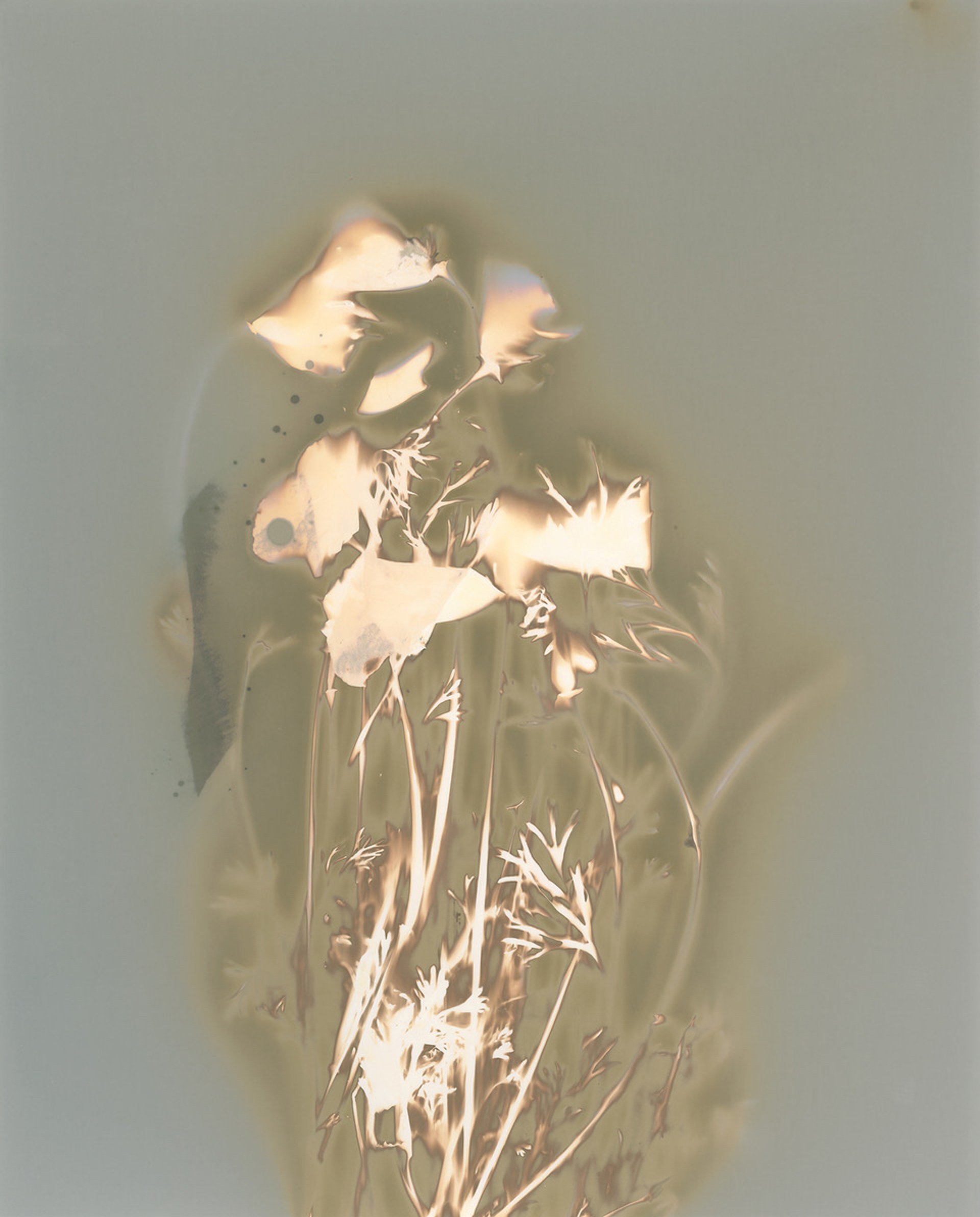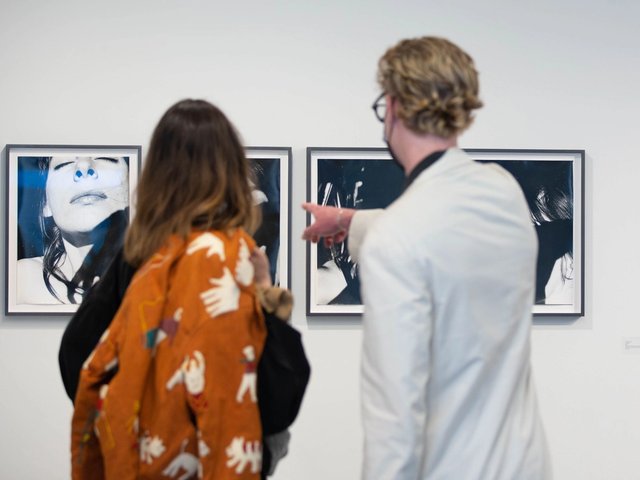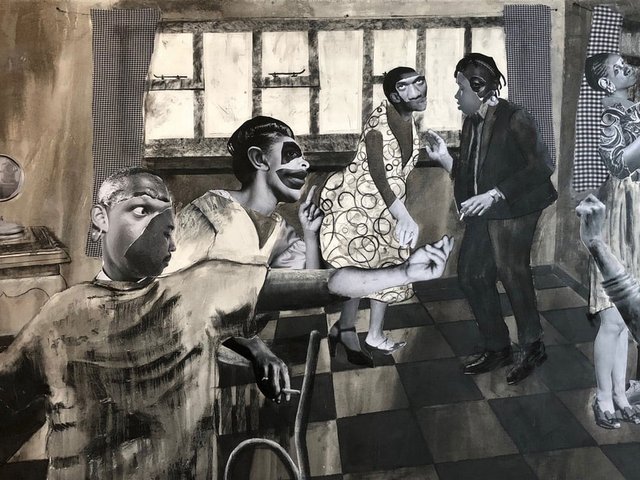“This is where the younger generation comes to see what the younger generation is creating,” says Emilia Van Lynden, the artistic director of Unseen Platform, a contemporary photography event held in Westergasfabriek, Amsterdam (until 23 September) comprising a fair catering for emerging artists, along with on-site exhibitions and projects for undiscovered names keen for exposure.
“Our largest visitor group is aged 18 to 30,” Van Lynden says. “You can easily start to build a collection here with just a few hundred euros. Collectors who began buying here a few years ago tend to move up the ladder, and are now spending more [here]. It’s also about networking [for the artists and dealers], building dialogues and connections. It's so small here you can't miss any of the visiting curators." A fair spokeswoman adds: “Unseen Amsterdam is also a place where serious collectors, not solely a young crowd, come to find the newest talent.”
Price points are lower than at other fairs; at Cologne-based Galerie Julian Sander, visitors can buy unique prints price by the US photographer Jory Hull priced at €99 (the images pop up on a screen for less than 60 seconds; prospective buyers “capture” the pictures and purchase the pieces). More than 20 were sold by the end of the first day.
“It is a very fast decision-making process,” Sander says. “Post internet, there has been a gigantic shift in how we attain knowledge. This is how millennials have grown up with and inherited [the medium] of photography.” He is one of 14 newcomers at the fair which includes 53 galleries this year from 17 countries.
Other dealers making their debut at the seventh edition believe that Generation Y buyers (aged 20-35) are tapping into new names. “We are very interested in connecting with emerging collectors,” says Julie Casemore of San Francisco’s Casemore Kirkeby Gallery who works with several photographers based in Amsterdam. “Linking to the photography culture here is very exciting,” she says. The gallery is showing a series of lumen prints using Californian poppies, similar to photograms, by California-born Sean McFarland entitled Sleeping Flowers (2018; €2,800 each).
Iranian artist Samin Ahmadzadeh’s criss-crossed handwoven laser photographs on birch ply are a talking point at Argentea Gallery from Birmingham, UK, another fair newcomer. “She is an emerging photographer and very much unseen, as such,” says Jennie Anderson, the gallery director. The smaller works are priced between €450 and €500; larger pieces range between €950 and more than €1,000 (for instance, Their Face, 2018, is priced at €902). Works sold include Grandeur in the Sky and Belonging.
Drdova Gallery of Prague represents eight artists, three of them photographers (Lynden points out that a third of the participating galleries are photography-based, with the remainder fine arts dealers). The gallery founder, Lucie Drdova, is selling works by artists Hynek Alt and Václav Kopecky, priced between €1,500 and €3,500. “My art is more acceptable to Northern European buyers,” she says.
Unseen Amsterdam encompasses a range of exhibitions and other projects including a special presentation dedicated to Japanese photography which includes works by Kenta Nakamura and Takeshi Mita (Beyond 2020 by Japanese Photographers #6).
The exhibition When Records Melt focuses on climate change, featuring works by Edward Burtynsky and Peter Funch, while the Co-op section, curated by Lars Willumeit, brings together 12 international photography collectives.
These include KLAYM, an independent association which “promotes the interface between young African creatives and international audiences”. The Karlsruhe-based Migrant Image Research Group questions media coverage of migration, sourcing new images of migrant experiences. “Their goal is to collect images beyond the media stereotype and present a multi- perspective outlook on a complex phenomenon,” say the Unseen organisers.

Sean McFarland, Sleeping Flowers #2 (2018) courtesy Casemore Kirkeby




